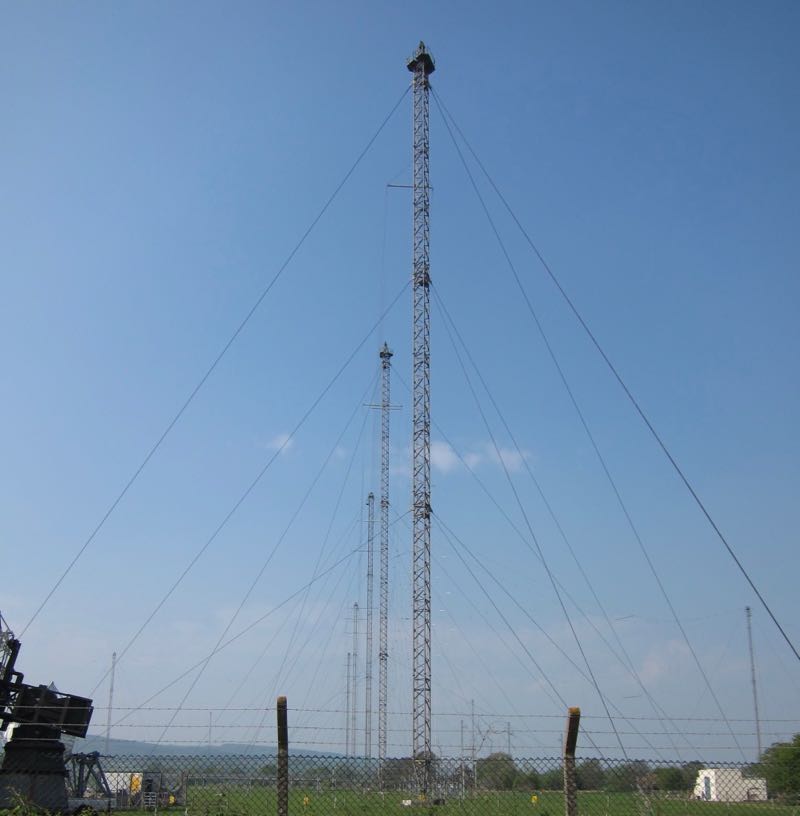
Voice of America (VOA) and Radio Free Europe/Radio Liberty (RFE/RL) are in the sights of Elon Musk, the billionaire entrepreneur appointed by President Donald Trump to oversee the House Subcommittee on Delivering on Government Efficiency (DOGE).
Musk commented on a social media post by Richard Grenell, the U.S. Special Envoy for Special Missions, who said the radio networks are “state-owned media” and “are a relic of the past.”
“Yes, shut them down,” Musk wrote in his reply to the post. “Europe is free now (not counting stifling bureaucracy). Nobody listens to them anymore. It’s just radical left crazy people talking to themselves while torching $1B/year of US taxpayer money.” [Continue reading…]
Update: SWLing Post contributor, Jock Elliott notes that he wrote the following message and sent it via the Whitehouse contact page:
Mr. President;
First, I am not, and never have been, employed by Voice of America or Radio Free Europe.
But you might want to think twice before you shut them down.
If the electronic networks such as internet and mobile phones are ever shut down, you might want a means of communicating with the populations overseas; you might want to factor that into your decision-making process.
Radio can be an essential resource when the crunch comes, as was demonstrated recently in Western North Carolina and Eastern Tennessee: https://swling.com/blog/2024/11/a-shining-moment-for-ham-radio/
You might want to keep international broadcasting — with appropriate messaging — as “another club in your bag.”
Sincerely, Jock Elliott
 Many thanks to SWLing Post contributor Dan Greenall, who writes:
Many thanks to SWLing Post contributor Dan Greenall, who writes:








